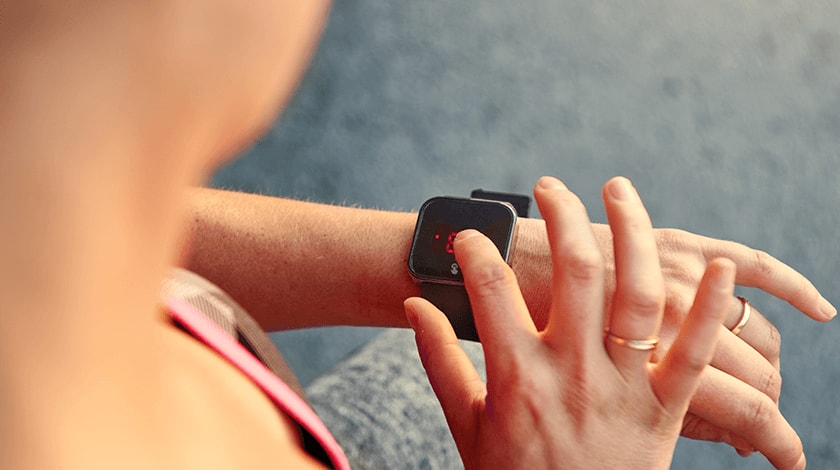So you’ve been working out? That’s great! But do you tend to get tired too quickly? Perhaps, knowing your heart rate would help you to identify your ideal workout frequency and refine your fitness routine!
What is heart rate?
Heart rate is a way to see how hard you're working out, and helps you to find out your best work out intensity. While working out too intensely, you'll become exhausted quickly and working out too mildly, you won't see the results. Read on and find out how knowing your heart rate will be helpful at refining your fitness routine.
How can I measure my heart rate?
You can measure your heart rate (BPM) with or without a device.
Heart rate monitor usually comes in a form of a strap, those you see athletes typically wearing on their wrist or chest. You can get them at most gyms and sports supplies stores. It costs around HK$500.
However, if you don’t prefer to spend the money, you can simply count your pulse. Just place two fingers either a half an inch below your wrist joint, or at the side of your neck just below the jawbone. Count your pulse for 15 seconds and then multiple by four to get your BPM. This is difficult to do during exercise and may not be as accurate as a monitor, but it still works.
The ideal heart rate
To get the best out of your workout, aim to get in your ""optimum training zone”, that is between 65% and 85% of your maximum heart rate (MHR).
Formula for Maximum Heart Rate:
220 - [your age] = maximum heart rate
Upper Maximum Heart Rate * 0.85
Lower Maximum Heart Rate * 0.65
For an example,
If a person is 40 years old
220 - 40 = 180 is his maximum heart rate
180 x 0.85 = 153
180 x 0.65 = 117
As calculated above, the ideal heart rate zone of training for a 40 years old is between 117 and 153 beats per minute (BPM).
If the heart rate were to fall lower than 117, this person wouldn't be working very hard. When BPM is higher than 153, this person wouldn't be able to keep up with the demand for oxygen and would quickly become exhausted.
Fat Burning Zone
At one level of exercise intensity, your body will be exerting energy from fat rather than carbohydrate. That’s call the “Fat burning zone”. This is the level you’d like to reach if you aim to lose weight1.
Low Resting Heart Rate = You’re Fit?
When you are resting, your heart rate goes lower than you were previously exercising. Normal resting heart rate can be anywhere between 60-100 BPM. You should measure it in the morning after a good night's sleep before getting out of bed.2
If you have noticed a lower resting heart rate, congratulations! That means you’ve become more fit! As your heart gets stronger, it doesn’t need to beat so often. To see how your fitness is improving, check your resting heart rate before starting a new exercise program, and monitor it every other week to see if it's getting lower. Usually top athletes have a resting heart rate of 30 BPM!
Other Factors Affecting Your Heart Rate
Your age, stress level, suffering illness, even your eating habits can affect your heart rate.
The best ways to lower your heart rate and improve heart health is to exercise regularly, eat well, then avoid alcohol, smoking and stress. Take note of your heart rate regularly will help you to see any improvements from the beginning of starting a new workout routine, and it can motivate you too!
Sources
- ACSM in the News Visited 25 January 2012
- British Heart Foundation Visited 7 February 2012

